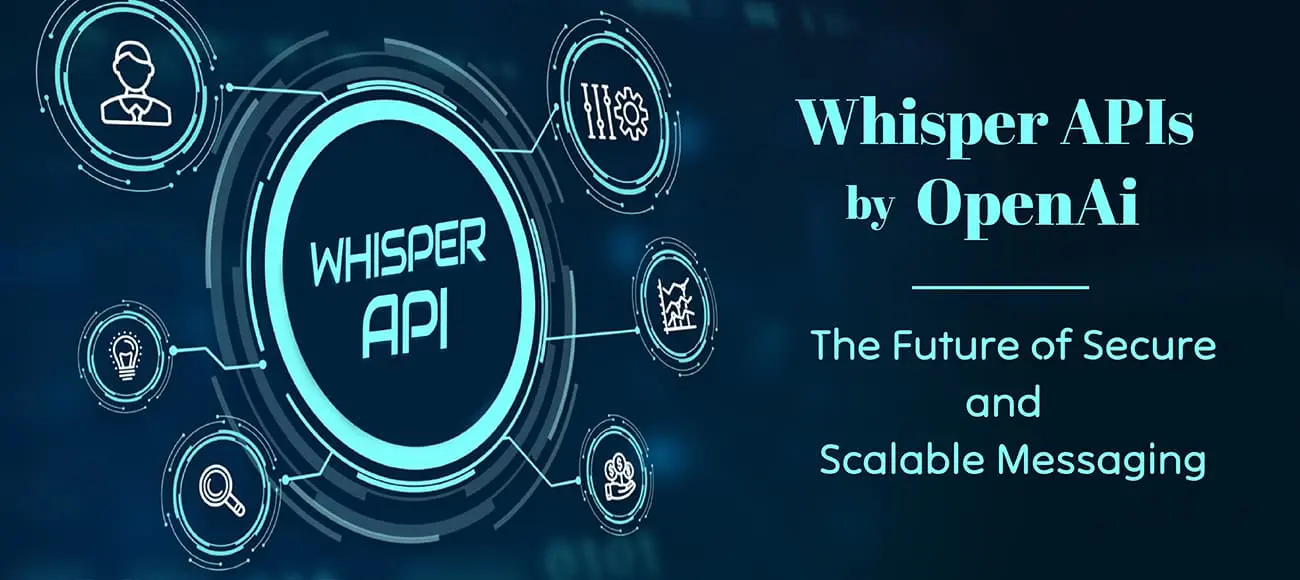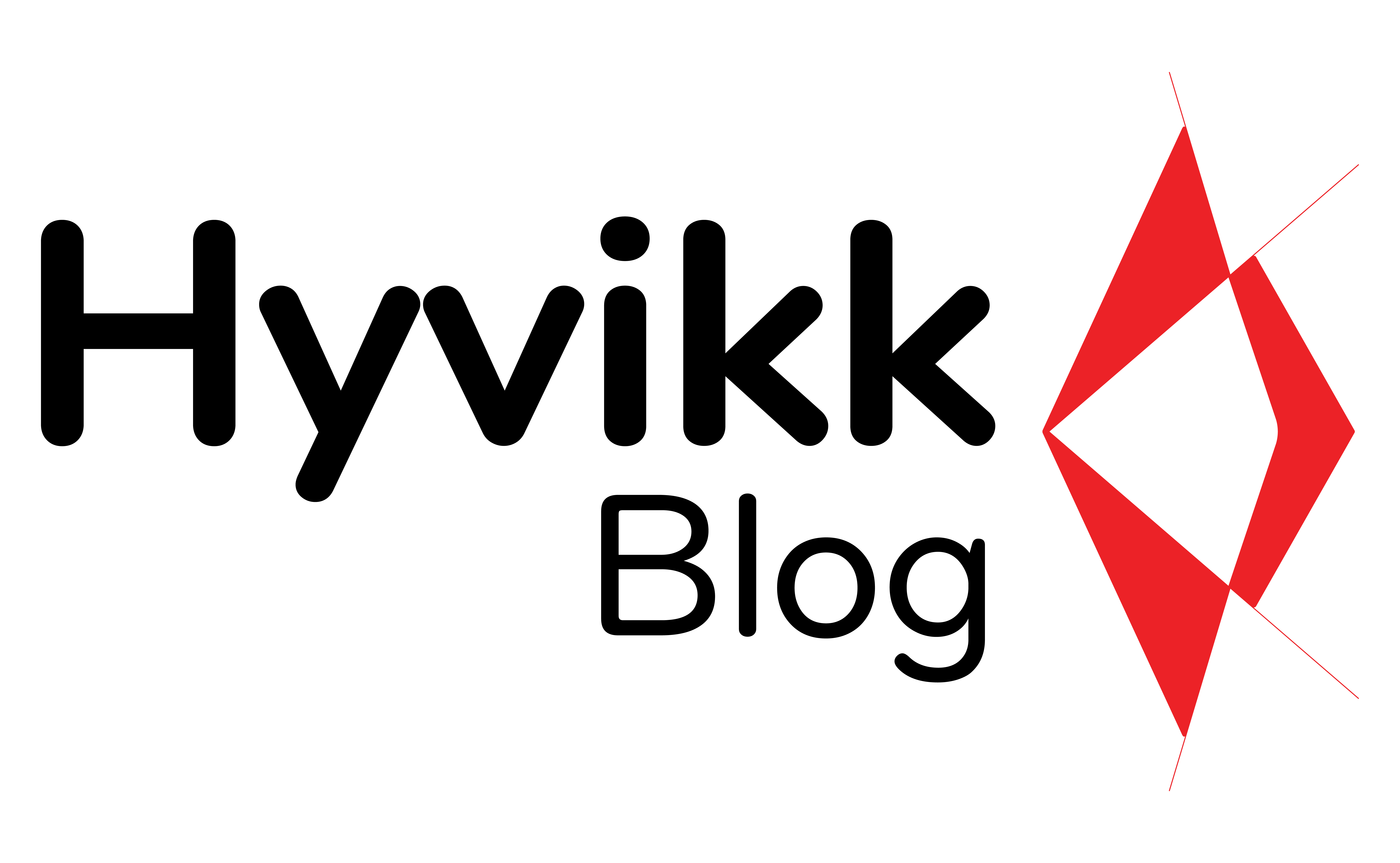
19 Aug Exploring the Power of the Whisper APIs
OpenAI‘s Whisper API is a groundbreaking technology that has the potential to revolutionize the way people communicate with each other. It is an advanced natural language processing (NLP) tool that enables developers to integrate voice commands and conversational interfaces into their applications. OpenAI is an artificial intelligence research laboratory consisting of a team of scientists, engineers, and researchers working towards creating and advancing AI technology in a safe and beneficial way. It was founded by Elon Musk, Sam Altman, Greg Brockman, Ilya Sutskever, John Schulman, and Wojciech Zaremba in December 2015. OpenAI aims to develop AI that is safe and beneficial for humanity, by conducting cutting-edge research in areas such as natural language processing, reinforcement learning, and computer vision, among others. The organization also aims to promote open collaboration and knowledge-sharing in the AI community, and to educate the public about the potential benefits and risks of AI technology.
The Whisper API is a powerful tool that is designed to understand and respond to natural language queries. It is built on top of the latest advances in deep learning and artificial intelligence, which enables it to analyze and understand the nuances/differences of language. This technology is particularly useful for developers who are looking to create voice-activated applications that are both intuitive and user-friendly.
One of the key features of the Whisper API is its ability to understand and respond to contextual cues. This means that it can take into account a user’s previous interactions and tailor its responses accordingly. For example, if a user asks for the weather in a particular location, the Whisper API can use their location data to provide a relevant response. Similarly, if a user asks for directions to a nearby restaurant, the API can provide personalized directions based on their current location. Another key advantage of the Whisper API is its ability to handle multiple languages. It currently supports over 20 languages, including English, Spanish, French, German, and Chinese. This makes it an ideal tool for developers who are looking to create applications that cater to a global audience.
The Whisper API is also highly scalable, which means that it can handle large volumes of queries without compromising on performance. This makes it an ideal solution for developers who are looking to create applications that can handle a high volume of user requests. In addition to its core functionality, the Whisper API also offers a range of additional features that can help developers create more advanced applications. For example, it includes built-in speech recognition and text-to-speech capabilities, which means that developers don’t need to rely on external libraries or services to add these features to their applications.
The Whisper API also includes support for third-party integrations, which means that developers can easily integrate it with other services and platforms. This can be particularly useful for developers who are looking to create applications that integrate with popular messaging platforms like Slack, WhatsApp, and Facebook Messenger.
To get started with the Whisper API, developers need to sign up for an API key and download the SDK. The SDK includes a range of tools and libraries that make it easy to integrate the API into existing applications. Once the SDK is installed, developers can start using the API to create voice-activated applications. This typically involves creating an interface that can capture user voice commands and convert them into text queries that can be sent to the API. The API then processes these queries and generates a response that is sent back to the application.
Developers can also use the Whisper API to create chatbots and virtual assistants that can interact with users through text-based messaging platforms. This can be particularly useful for businesses that are looking to automate customer support or create more engaging user experiences. The key benefits of the Whisper API is that it is constantly evolving and improving. OpenAI is continually updating the API with new features and functionality, which means that developers can always rely on the latest advancements in NLP technology.
In conclusion, the Whisper API is a powerful tool that has the potential to transform the way people interact with technology. Its advanced NLP capabilities and support for multiple languages make it an ideal solution for developers who are looking to create voice-activated applications that are intuitive and user-friendly. With its built-in speech recognition and text-to-speech capabilities, as well as its support for third-party integrations, the Whisper API is a versatile tool that can be used to create a wide range of applications. Whether you’re looking to create a virtual assistant, a chatbot, or a voice-activated application, the Whisper API is an excellent choice that offers unparalleled flexibility.

Sorry, the comment form is closed at this time.